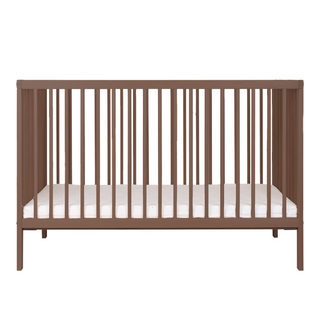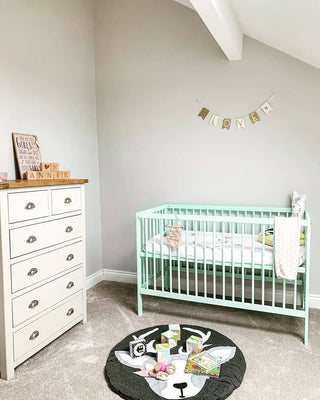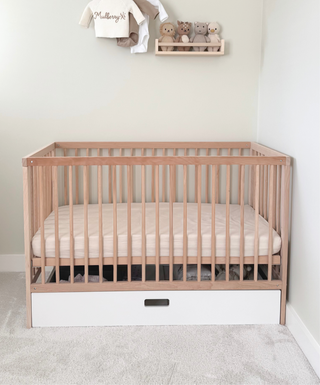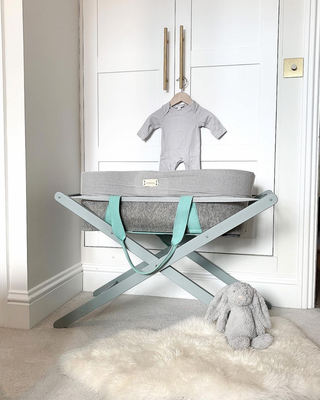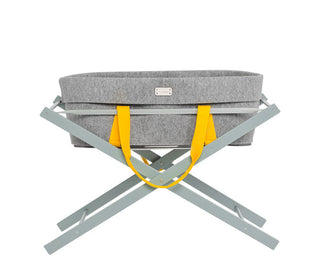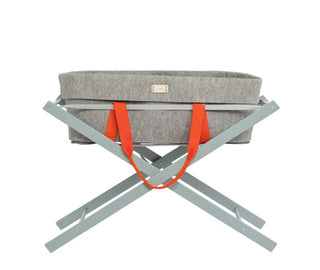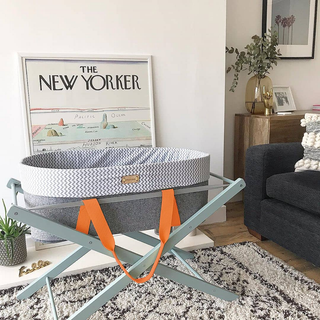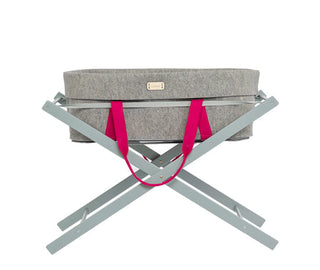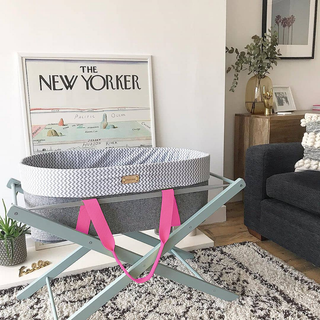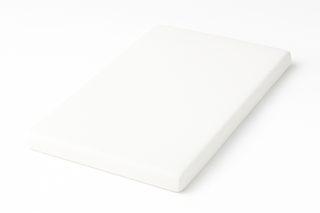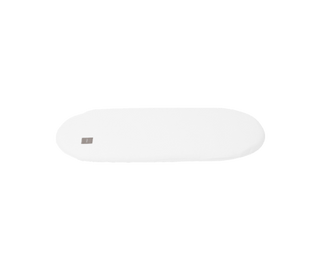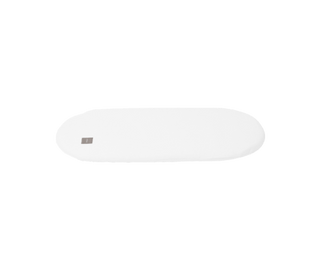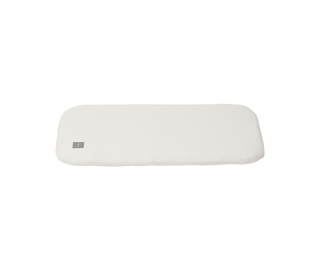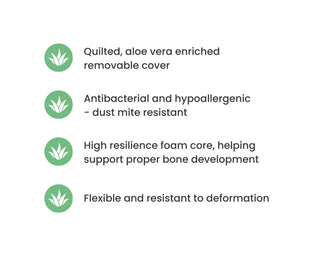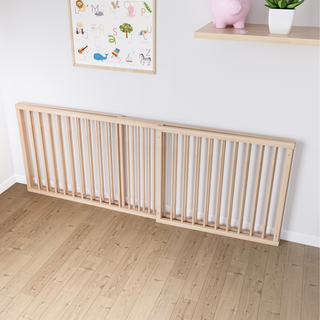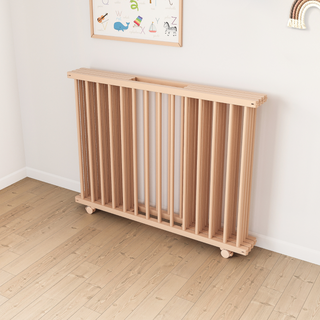3 min read
by Madlena Szeliga
When pregnant - especially for the first time - everything is new. You feel so many things for the first time, not only the baby's little kicks. Some of those experiences can be alarming, some of them may cause a lot of discomfort. There are tests, and measurements, and appointments, and weeks, and dates. And many, many questions.
Here we gathered all pregnancy-related questions, our participants asked during latest Q&A session at moKee Birth School Online. Sophie Martin, qualified midwife (aka The Infertile Midwife) answered them all for you.
Midwives recommend the left side because you don’t end up squashing your big blood vessels. It is not the end of the world if you lay on your right, the most important thing to remember is not to lay flat on your back.
This is a bacteria that grows in women’s vaginas and ordinarily doesn’t cause any problems. The tests are not usually offered on the NHS and that’s because it only tells you if you had it on the day you did the test- the bacteria is transient. Sometimes you have it and sometimes you don’t. Some people will choose to do a test privately, but always remember the result are only telling you whether you had GBS on the day you took the test. So it really is a personal choice if you want to test for it. It can be picked up accidentally- a swab for any reason, in your urine for instance.
You still have got plenty of time to get the injection- it is really common the UK- it is actually for the baby, when they are born they are vulnerable for whooping cough and don’t get a vaccine until 8 weeks old. If you have the vaccine, you make antibodies which are then passed on to the baby to give them some protection until they get their own vaccination.
Main growth happens in third trimester and we don’t measure tummies until at least 26 weeks. So having a check up at 29 weeks is fine. Pay attention to your movements as that is the most important way of knowing how well your baby is. If you are worried about your babies movements, please contact your midwife.
In the UK we just do 12 weeks scan and 20 weeks scan. No need for another scan unless there are any concerns about your baby from the tummy measurements. Some parents opt to get private scans and that is ok.
The top number, the systolic should be between 90 - 140 - more than 140 it is worrying. And bottom number - diastolic - should be between 50 - 90. Your midwife should be checking this at every appointment.
Anything below the 10th centile is small. We know that babies come in all shapes and sizes. So as long as you measure between 10th and 95th centile we consider that to be normal. The femur is the thigh bone.
We want your baby to be showing a continuous growth velocity. If the growth becomes accelerated, it would be recommended to have a scan. Remember that babies come in all shapes and sizes. Usually you’re growing a baby that the right for you, unless you have diabetes or other pregnancy complications. If your midwife is worried about your tummy measurements she will make the appropriate referral to get this checked out.
There is no set number of movements- whatever is normal for your baby. People usually feel movement around 20 weeks, around 24 weeks you’d feel every day. By the third trimester, there is an established pattern. Please don’t compare to previous pregnancies or your friends. Some people with an anterior placenta feel it loads but others don’t feel it quite so much. If you are concerned please contact your maternity unit.
When you are feeling kicks in your vagina, that can sometimes be a sign the baby is breech. At your next appointment ask your midwife to feel for the babies position. It is not concerning for the baby to be breech at this stage, as they have lots of time to turn.
Your baby doesn’t breathe in the womb, so the heart has holes in to bypass the lungs. Although the lungs get some blood so they can continue to grow. But if you take ibuprofen whilst pregnant it could cause the holes in the heart to close early. Please don’t take any whilst you are pregnant.
It is pain in your hips and your back. Relaxin is a great hormone that builds up during pregnancy and you also have progesterone - it makes all your ligaments loose and floppy but also can be painful. There’s a great website, Fit for pregnancy - it’s made by the women’s health physios of the UK – it’s NHS recommended and has got some great advice. Support belts work best when they are fitted by a physio. It is important to try and keep legs together rather than abducted. When getting out of the car take out both legs at the same time.
This is hard to assess - if you are worried call your midwife.
When the placenta is sat on top of the cervix this is known as placenta praevia. Sometimes it will be fully over it or just a little bit. If it is fully coving cervix it is unlikely to move at this stage. You will have scans to check the position of the placenta. With placenta praevia, the only option is for caesarean section.
Obstetric Cholestasis is a liver condition of pregnancy. It doesn’t usually have a physical rash, but the symptoms are extreme itching. Particularly on the palms of your hands and soles of your feets. If you have pregnancy rash, see your GP.
You can help this by not lying on you back and not slouching, however this is difficult to assess virtually, so please contact your maternity unit.
This is hard, as there isn’t always a cure. Encouraging the baby to move to a different position by laying on your side may help.
Heartburn is hard! It’s fine to take Rennies, Gaviscon – take them if you need to. Spicy and fried foods can make the symptoms worse. Try eating small meals, rather than bigs ones. Don’t eat late at night. And for some people it helps to sleep propped up slightly. Some women swear by milk!
Try and engage your baby, more space under ribs. Sitting on a ball, etc.







